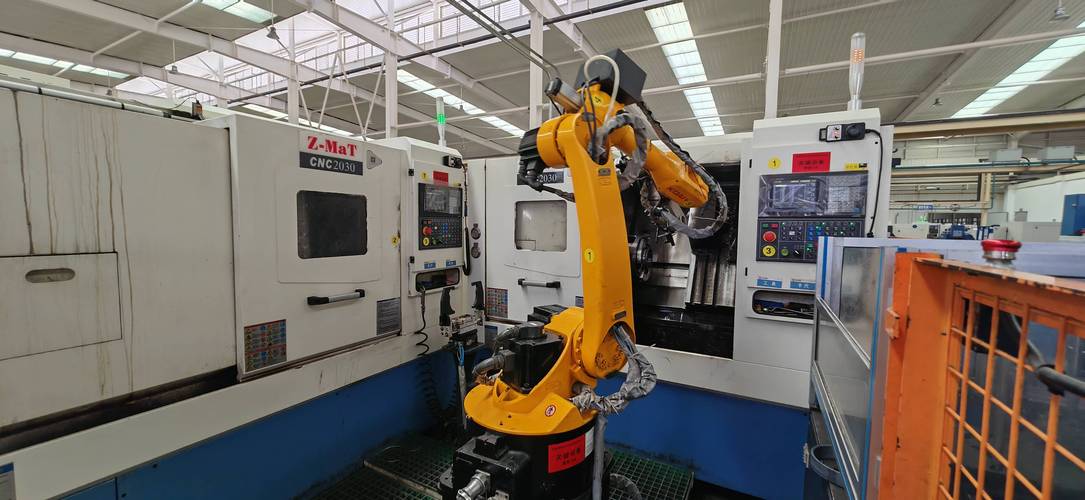
Guide to Implementing Smart CNC Machining
Core Question: How Can Small & Medium-Sized Factories Adopt Smart Machining at Low Cost? Key Tech & Practical Results Adaptive

Core Question: How Can Small & Medium-Sized Factories Adopt Smart Machining at Low Cost? Key Tech & Practical Results Adaptive
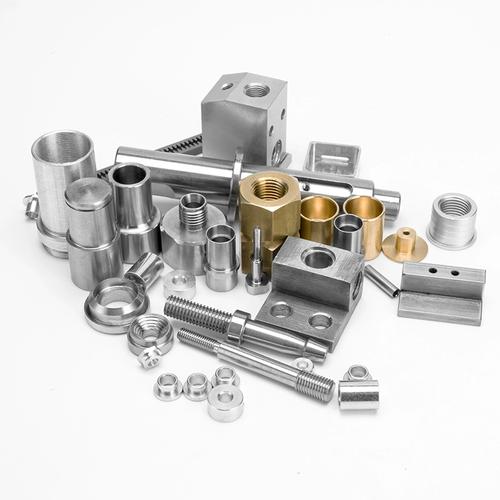
Design: Steer Clear of the “Looks Good but Hard to Make” Trap Poor design can directly double costs or delay
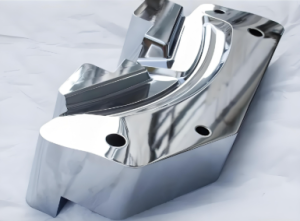
Core Cognition: What Is CNC Part Polishing, and Why It Matters CNC part polishing isn’t just “buffing out scratches”—it’s a
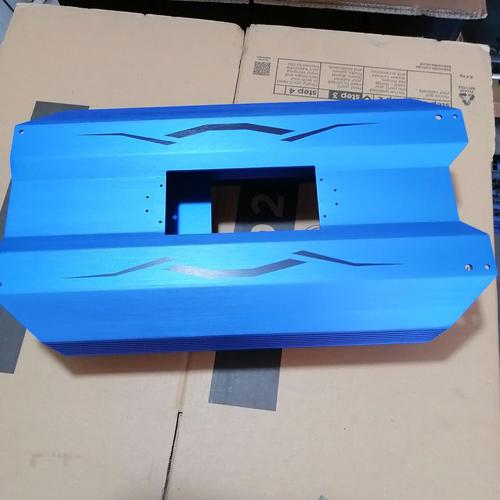
1. What Are CNC Anodized Aluminum Parts? They’re aluminum components first shaped by CNC machining (milling, turning) for tight precision
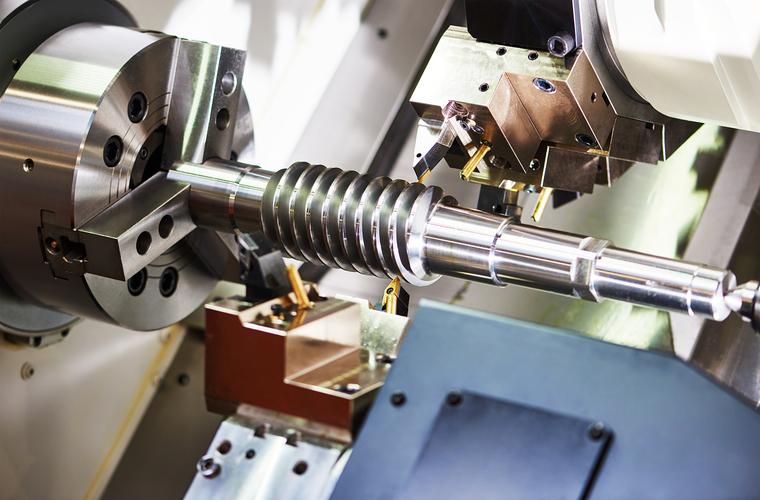
Core Cognition: Threads Are More Than Grooves—They’re Mechanical Connections When you twist a bolt into an engine block, fasten a
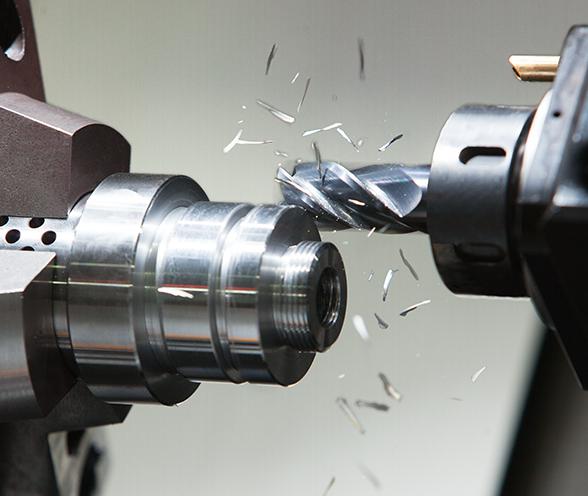
The Most Confused “Brothers” in the Shop: Core Differences Between Drilling and Milling When I first started, I could never
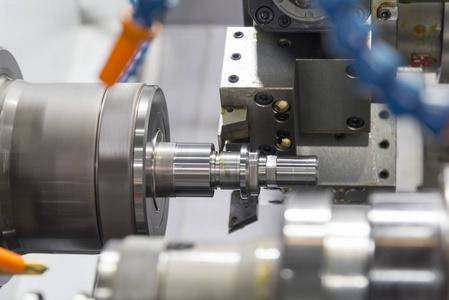
1. Basic Cognition: Definition and Core Axes Overview (Basic Understanding: Definition and Overview of Core Axes) The CNC turning axis
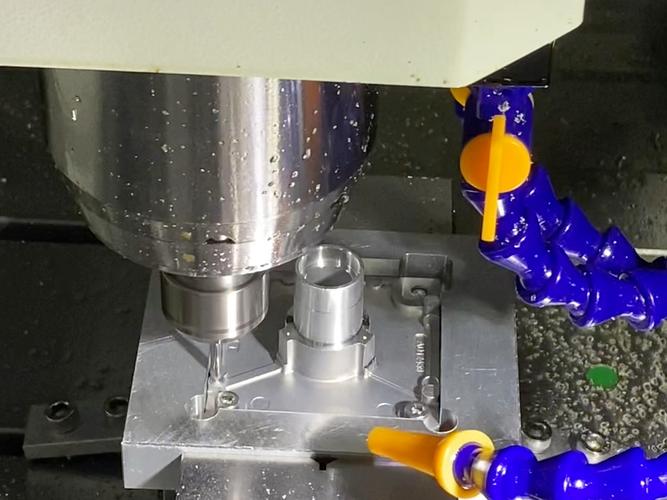
1. Core Cognition: What Are Feeds and Speeds, and Why They Matter In CNC drilling, feeds and speeds are the

1. Core Cognition: Why CNC Drilling Acrylic Requires Unique Methods Acrylic (polymethyl methacrylate, PMMA) is a thermoplastic with distinct properties
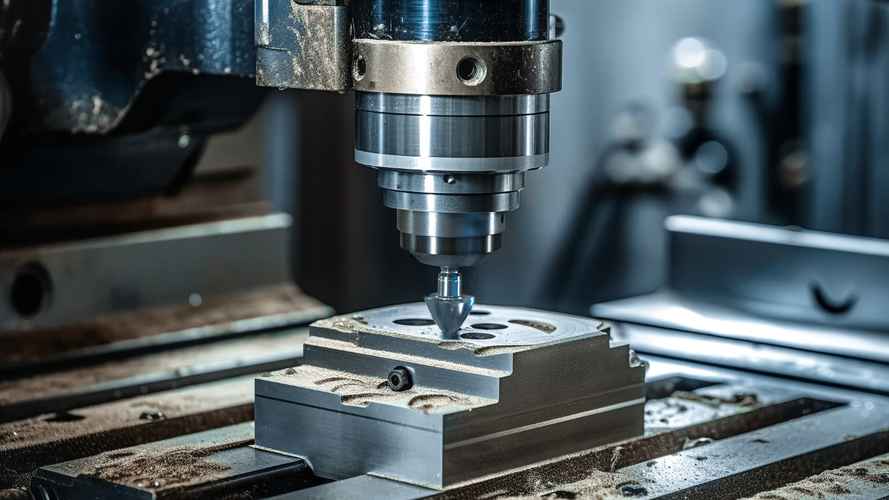
1. Core Cognition: Why CNC Drilling Aluminum Requires Specialized Methods The physical properties of aluminum alloys (e.g., 6061, 7075) differ
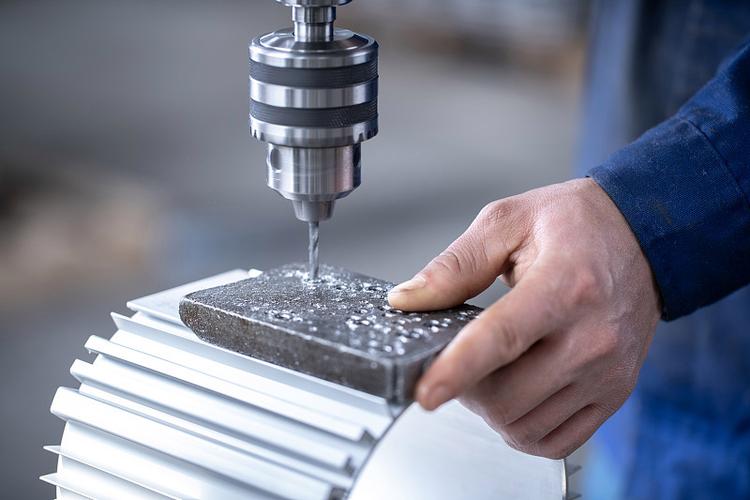
1. Straight Answer: No—CNC Drilling and Milling Are Distinct but Complementary CNC drilling and milling are both subtractive manufacturing processes
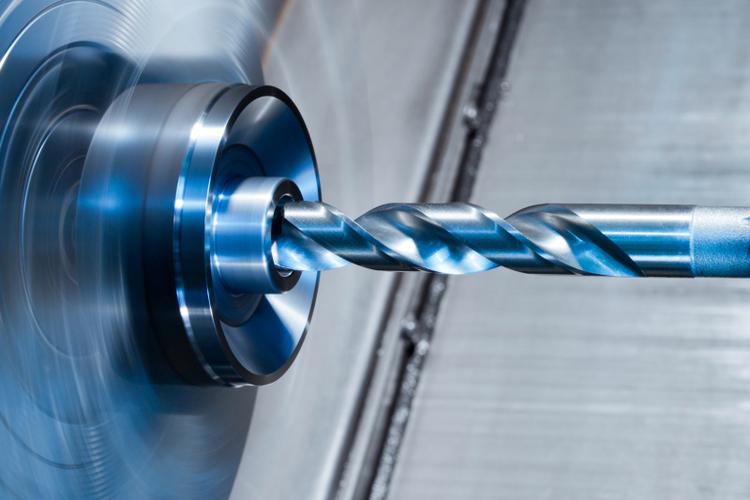
1. Straight Answer: Yes—CNC Drilling Is a Core Machining Capability CNC machines (including CNC lathes, mills, and dedicated drill centers)